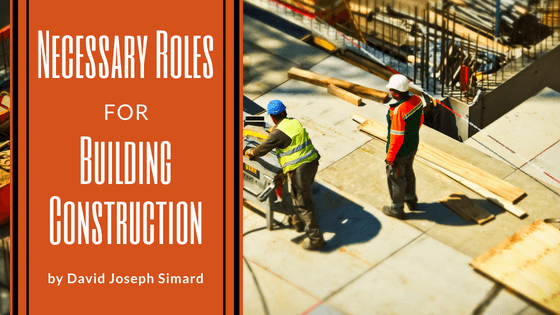It’s easy to swoon over a newly constructed building, but what you might not realize is how much work goes into the construction process. Here are 7 crucial building construction techniques that form the foundation of every building.
Masonry
When constructing a building, you’ll need laborers skilled in the art of masonry. These workers often use mortar to form structures from materials like brick, stone, concrete block and adobe. Although the final project is known to be highly durable, the quality of materials and workmanship can substantially affect the durability of overall construction.
Framing
Framing is essentially the skeleton of a structure. Historically, structures were framed from whatever materials were readily available in a certain geographic area, but industrialization and mass transportation have standardized the process. Lumber is commonly used today, while in some other parts of the world, concrete and steel are used more frequently. Once framing is complete, you can start to picture individual rooms, seeing the architect’s vision come to life.
Electrical
In residential, commercial and industrial buildings alike, electricity is a necessity. When building from the ground up, electricians work diligently to provide safe and reliable electricity throughout the building.
Plumbing
Plumbing can be a dirty job, but the installation process is cleaner than other facets of a plumber’s duties. When constructing a new building, plumbers familiarize themselves with the local codes, then install drain and vent lines throughout the building. They’re also responsible for running all the supply lines and hooking up toilets, showers and sinks.
Dry Walling
Most modern buildings feature drywall throughout, made of gypsum board, plywood, or fibre-and-pulp boards; however, some accent walls may require more of a mason’s touch. Skilled professionals measure and cut drywall to fit in the desired space, usually nailing it to framing lumber. They’ll then spackle over the nail holes and sand the area so it’s smooth and ready for paint.
HVAC
An HVAC system is essentially responsible for heating, cooling and ventilation in a building. There are a variety of unit options available for both heating and cooling. The choice largely depends on the type of building being constructed.
These are the main skills needed for building construction, but there are many other professionals who help along the way. Once the construction portion is complete, the interior and exterior of the building can be designed to their fullest potential, making it the perfect space for a buyer or tenant.

